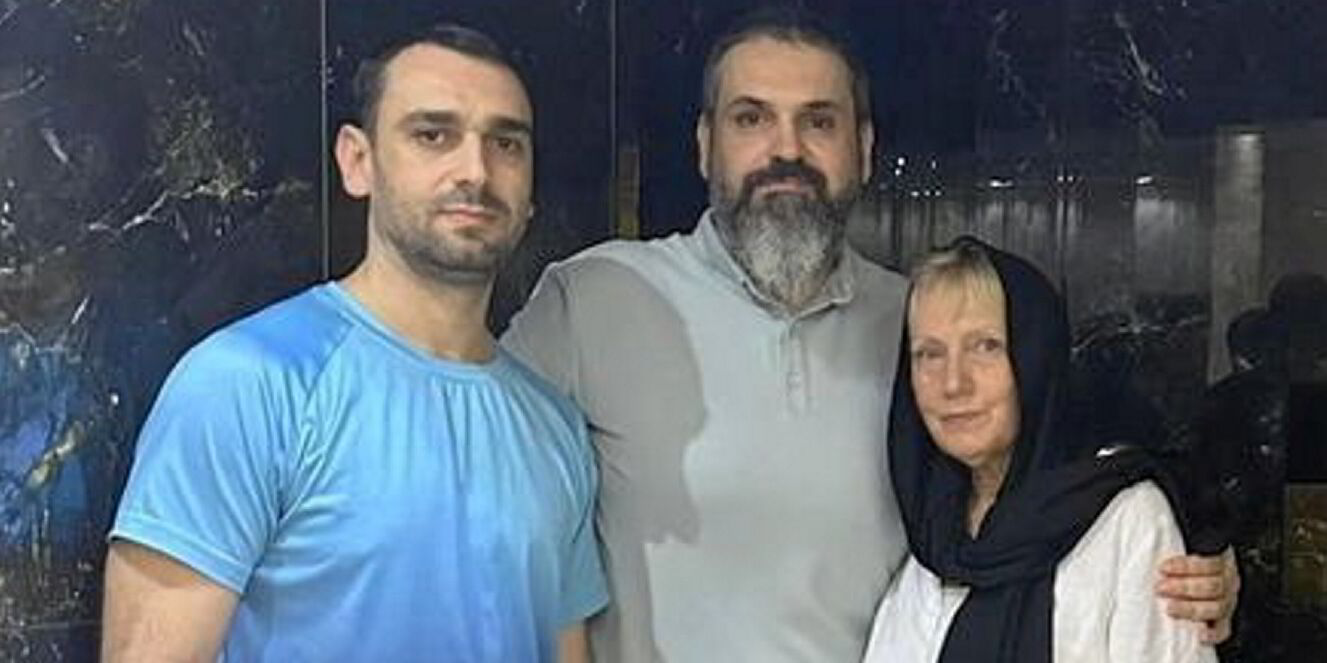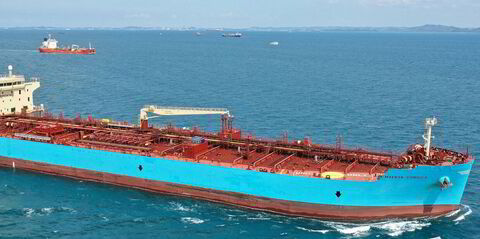It started with an Apocalypse Now-style attack on the Galaxy Leader, with Houthi commandos swooping on the hapless car carrier in the Red Sea on 19 November 2023.
A year later, Western seaborne trade through the Red Sea has largely stopped, rendering the Houthis’ stated aim of a blockade in the region effectively fulfilled.
While the tactics have changed, with the militants not daring to use their limited helicopters again, the volume of attacks has not.
The UK Maritime Trade Operations regional security agency counts 133 attacks at the time of writing.
Four innocent seafarer lives have been lost and two ships sunk to date, as well as several ship fires and other damage, not to mention fears of major pollution.
So how does this all end?
Naval forces have attempted to break their resolve, but the group that has survived years of bitter fighting against a well-armed and funded Middle East coalition spearheaded by Saudi Arabia has held firm.
Will the incoming hawkish Trump administration move the dial? The president-elect talks a harder line against the Houthis’ Iranian backers but at the same time favours a more isolationist foreign policy.
The Houthis have already stated the change in regime in Washington makes no difference.
It appears that some owners have opted for what amounts to appeasement.
A recent United Nations report suggested the Yemeni militants are shaking down shipowners for $180m a month to grant safe passage through the Red Sea and Gulf of Aden.
While some commentators have dismissed this figure as overblown, it shows the effectiveness of the Houthis’ campaign. The Houthis themselves have denied this is taking place.
The flow of ships through the Red Sea has fallen significantly, but there are still owners willing to run the gauntlet, either because they think the Houthis won’t attack them or the risk to reward suffices in their eyes.
Spare a thought for the crew of the 5,100-ceu Galaxy Leader (built 2002), almost all of whom have been in captivity for a year now in the Houthi-controlled port of Hodeidah.
Several were reportedly struck down with malaria in August. You would be hard-pressed to find many column inches about the Filipino, Mexican, Bulgarian and Ukrainian seafarers still being held captive.
Compare this to the high-profile campaign to free the Israeli hostages in Gaza, for example.
And it gets worse. Some pro-Palestinian commentators on social media platforms, such as X, even suggest that targeting ships is somehow politically justified as a legitimate response to Israel’s war on Hamas.
The nuance of whether these ships and their seafarers have any actual connection to Israel, the UK or the US is all too easily dismissed.
Military solutions have not worked so far. It’s hard to imagine anyone putting boots on the ground in Yemen to try to get rid of the group, which is integrated with a religious and ethnic population — Zaidi Shia Muslims.
Ultimately, the best way to tackle the threat the Houthis pose may lie in strangling their source of funding and the flow of sophisticated weapons at their disposal.
There is evidence that the Houthis are being funded via Iran’s Revolutionary Guards, selling oil to Chinese refiners.
The web of support also implicates Russia, where at least some of the Houthi group’s military hardware has been sourced from.
Read more
- ‘Multiple explosions’ pepper waters near ship in new Red Sea attack
- Expert casts doubt on size of Houthi bribe claims cited in UN report
- Fire-ravaged Greek tanker begins oil transfer two months after Houthi attack
- ‘He will fail’: Houthis stay in attack mode after Trump victory
- How sanctioned Iranian oil navigates through a dark and twisted supply chain to China






